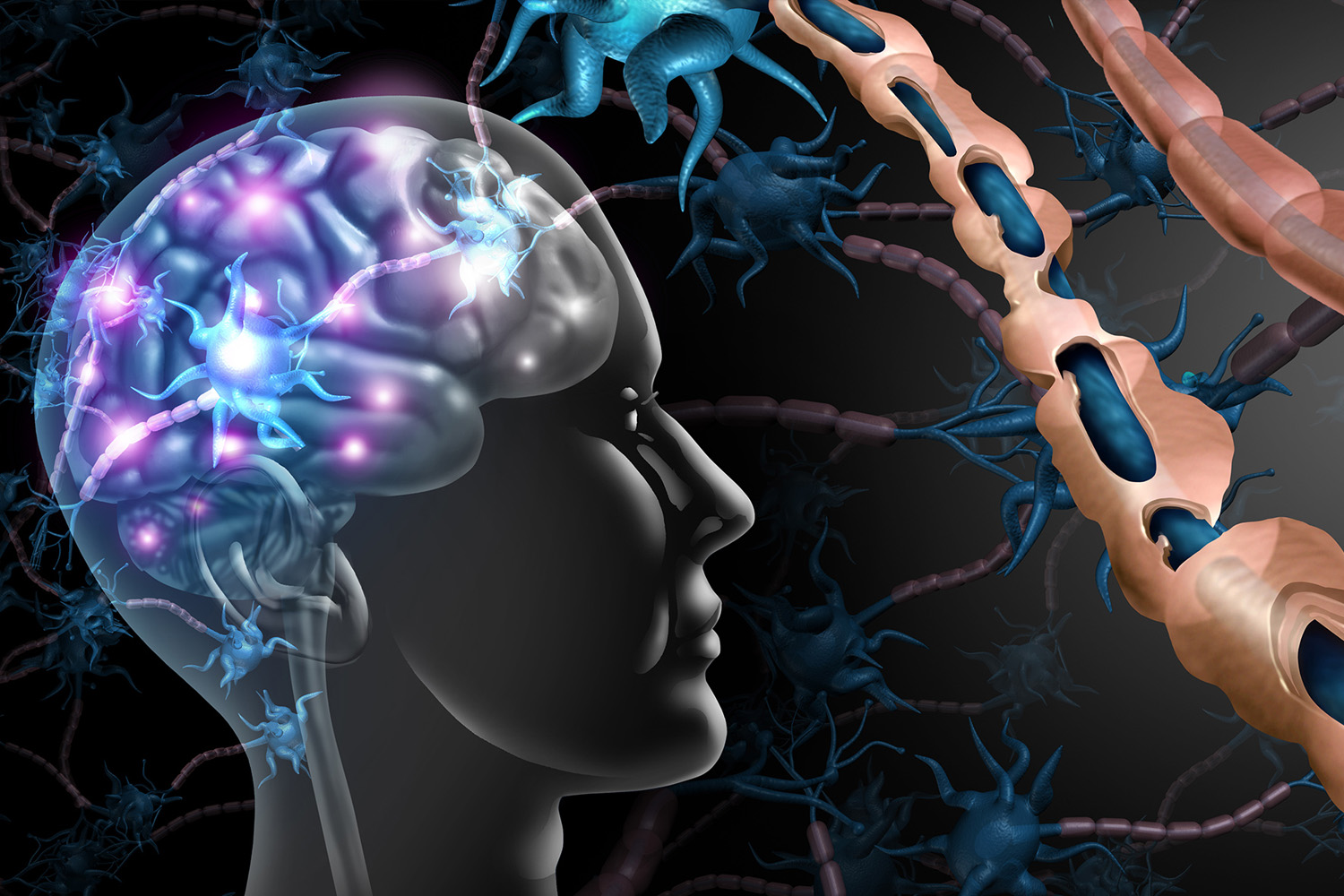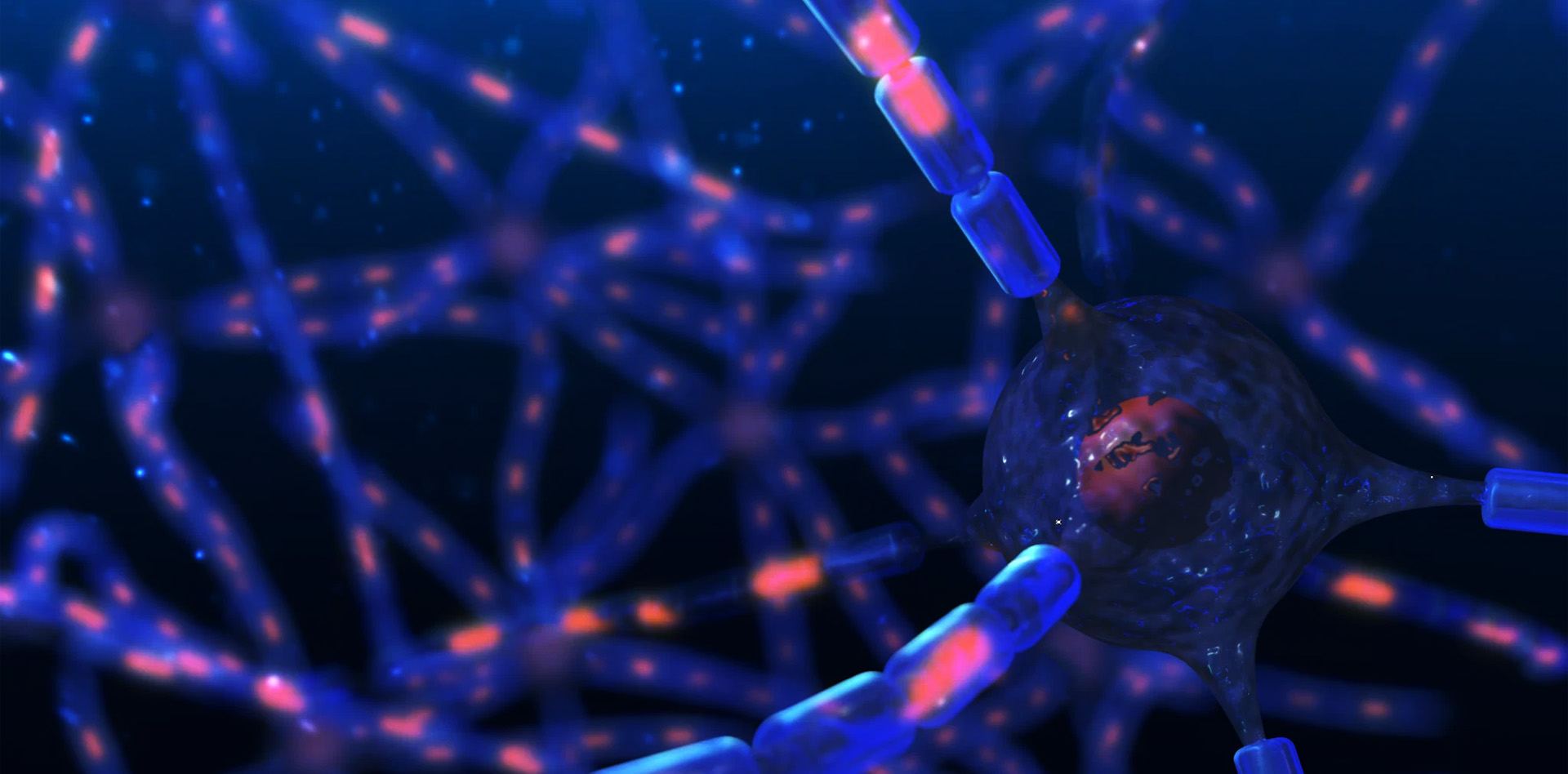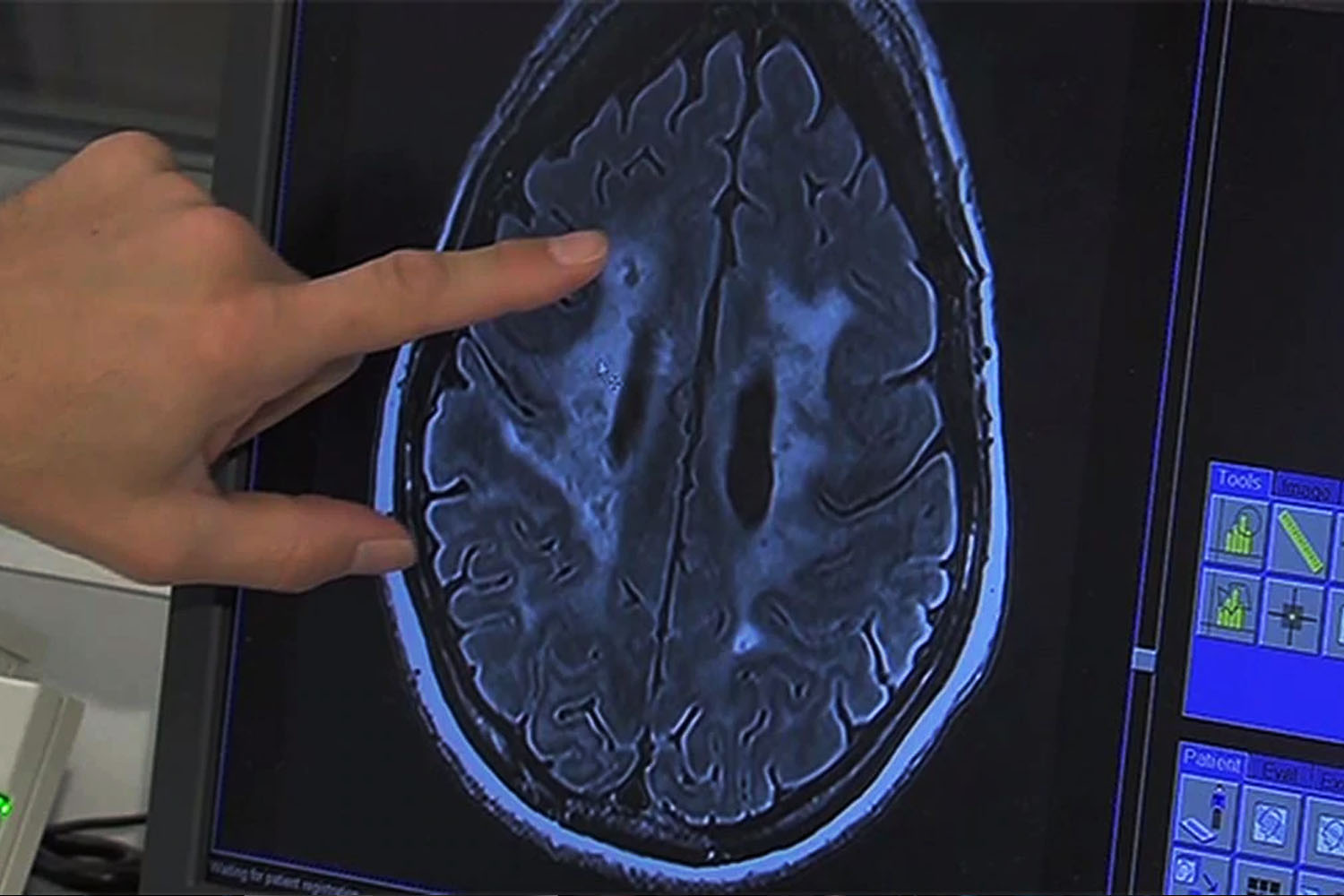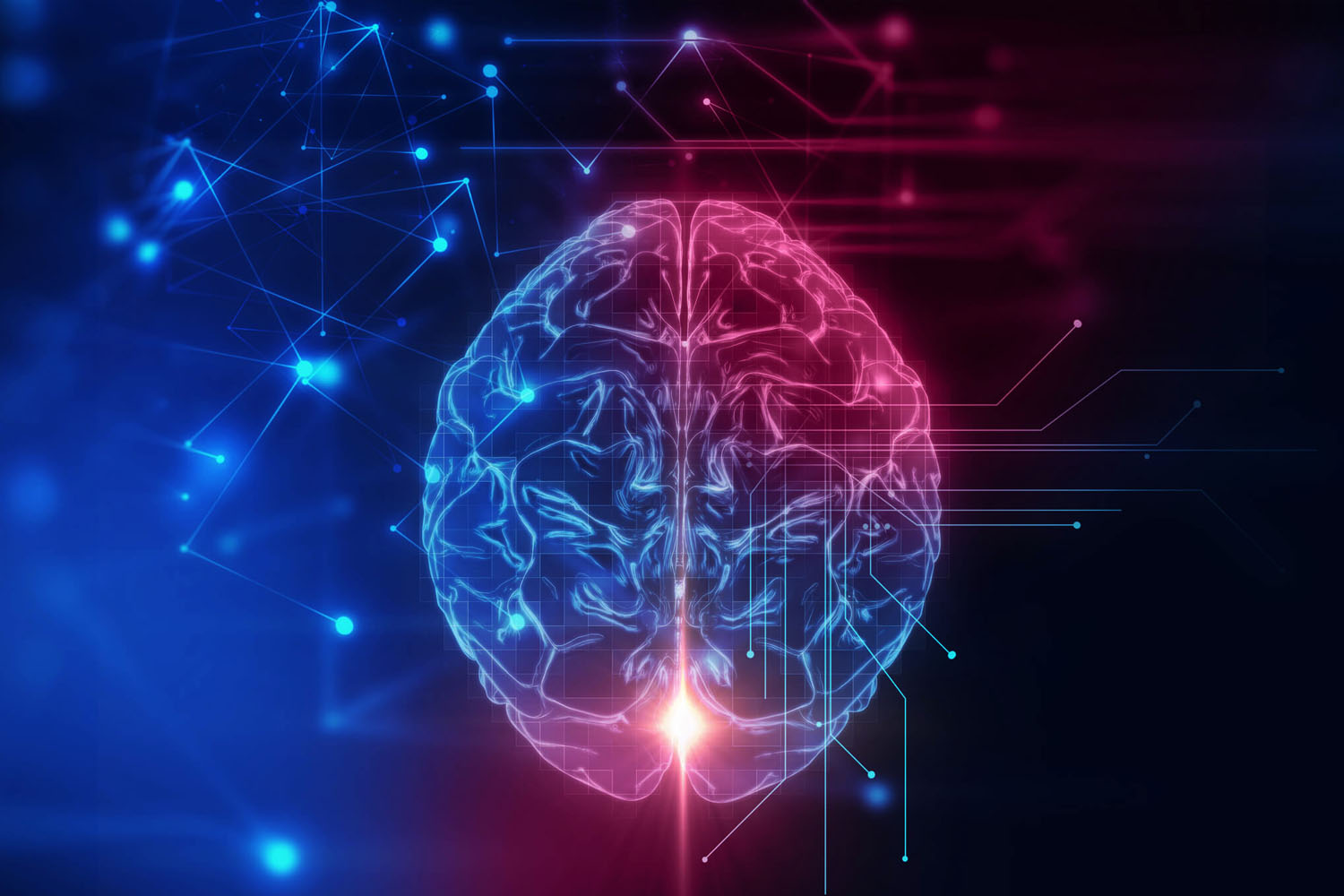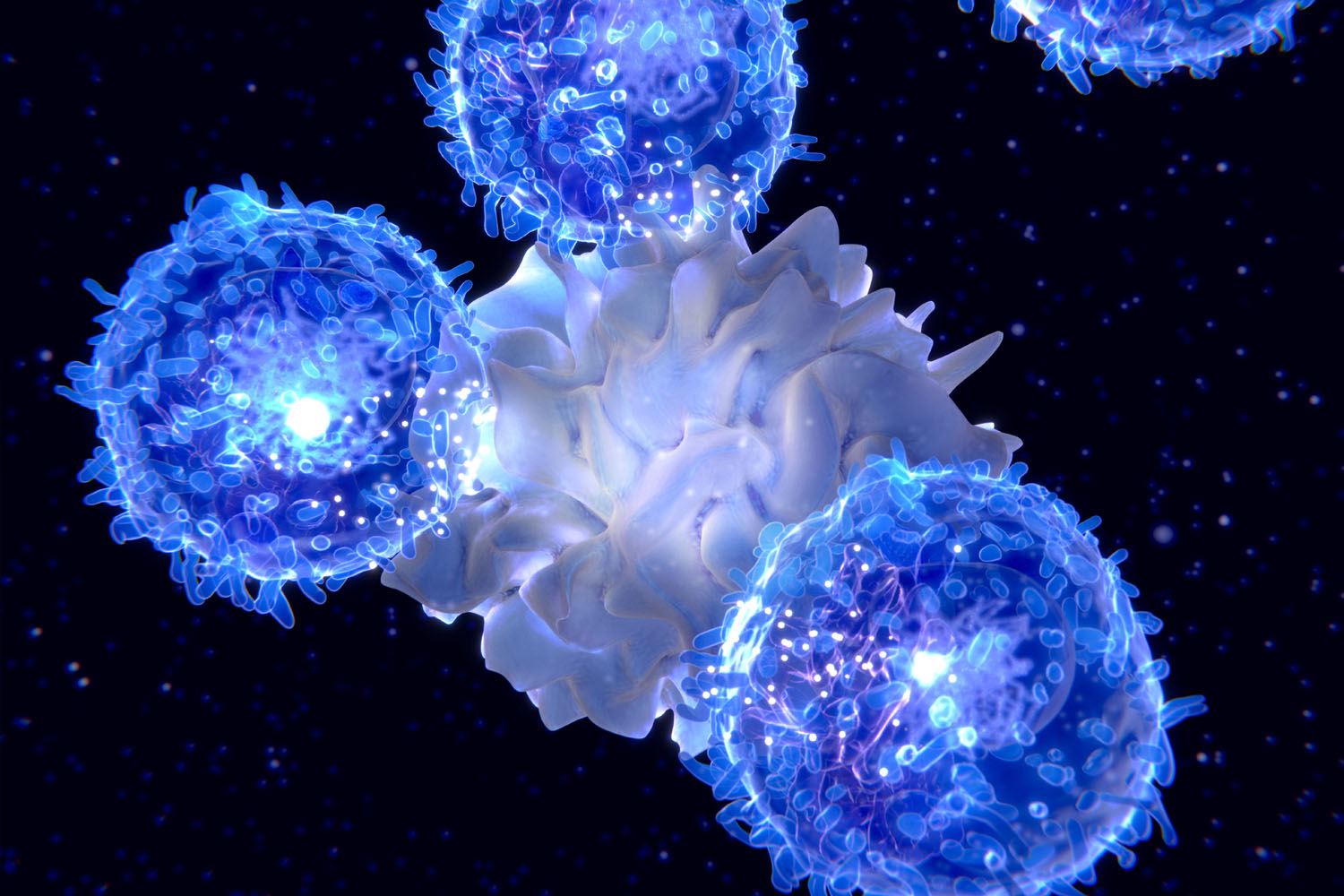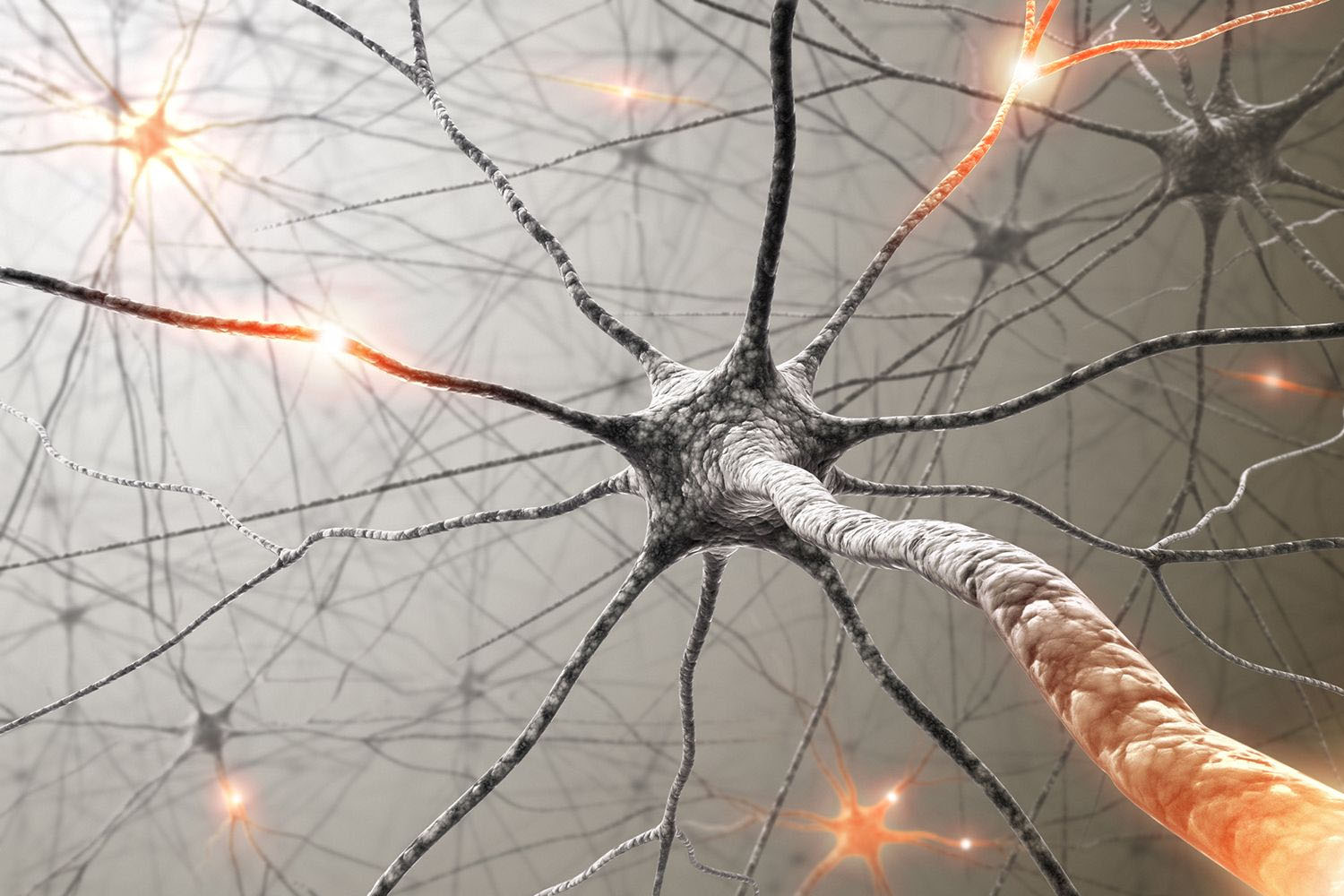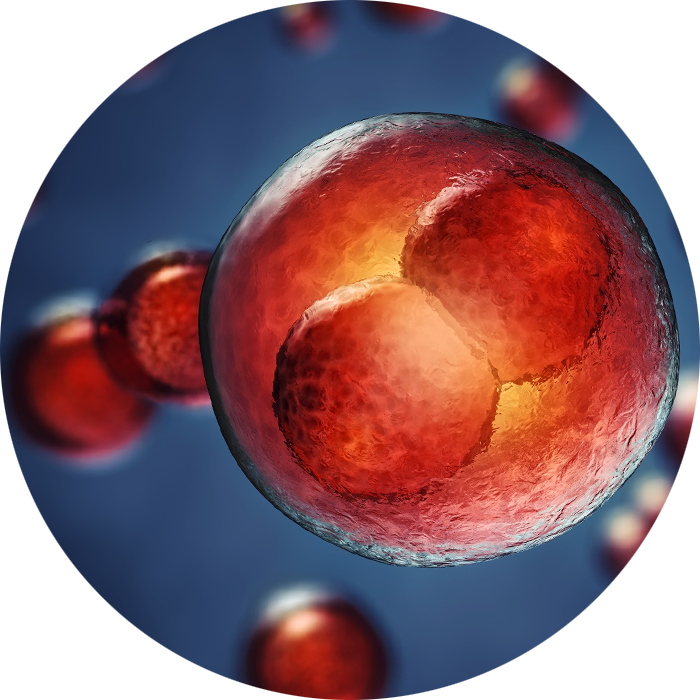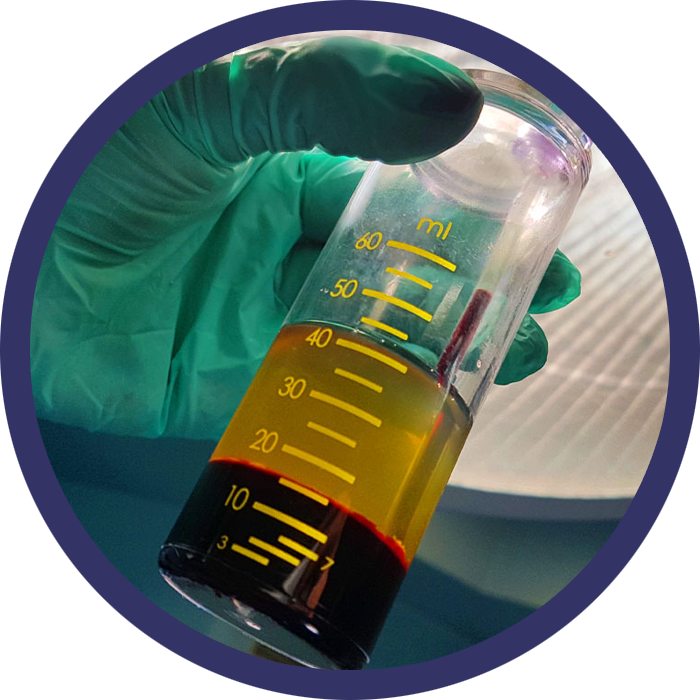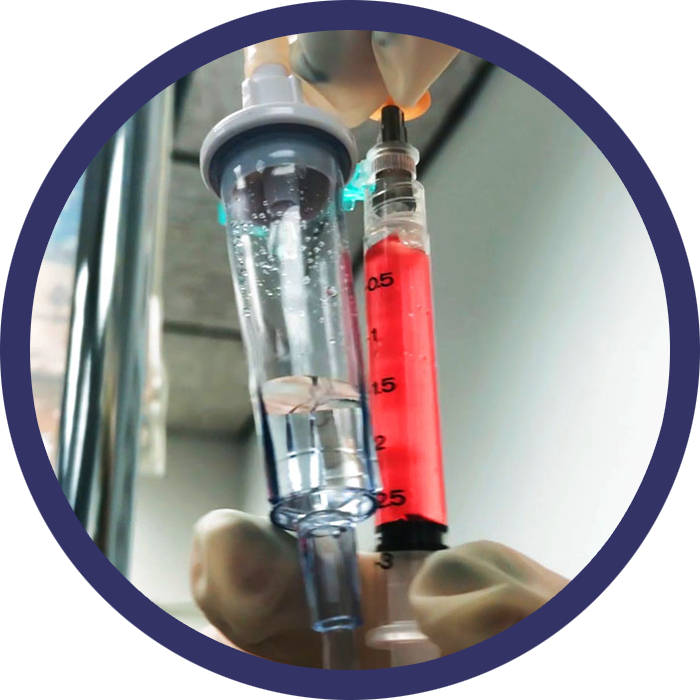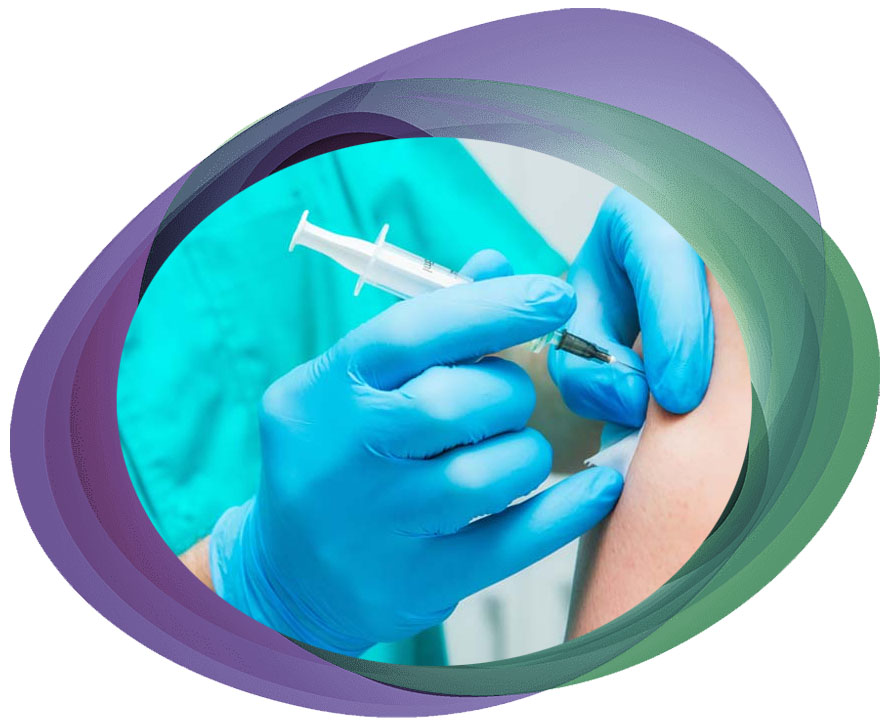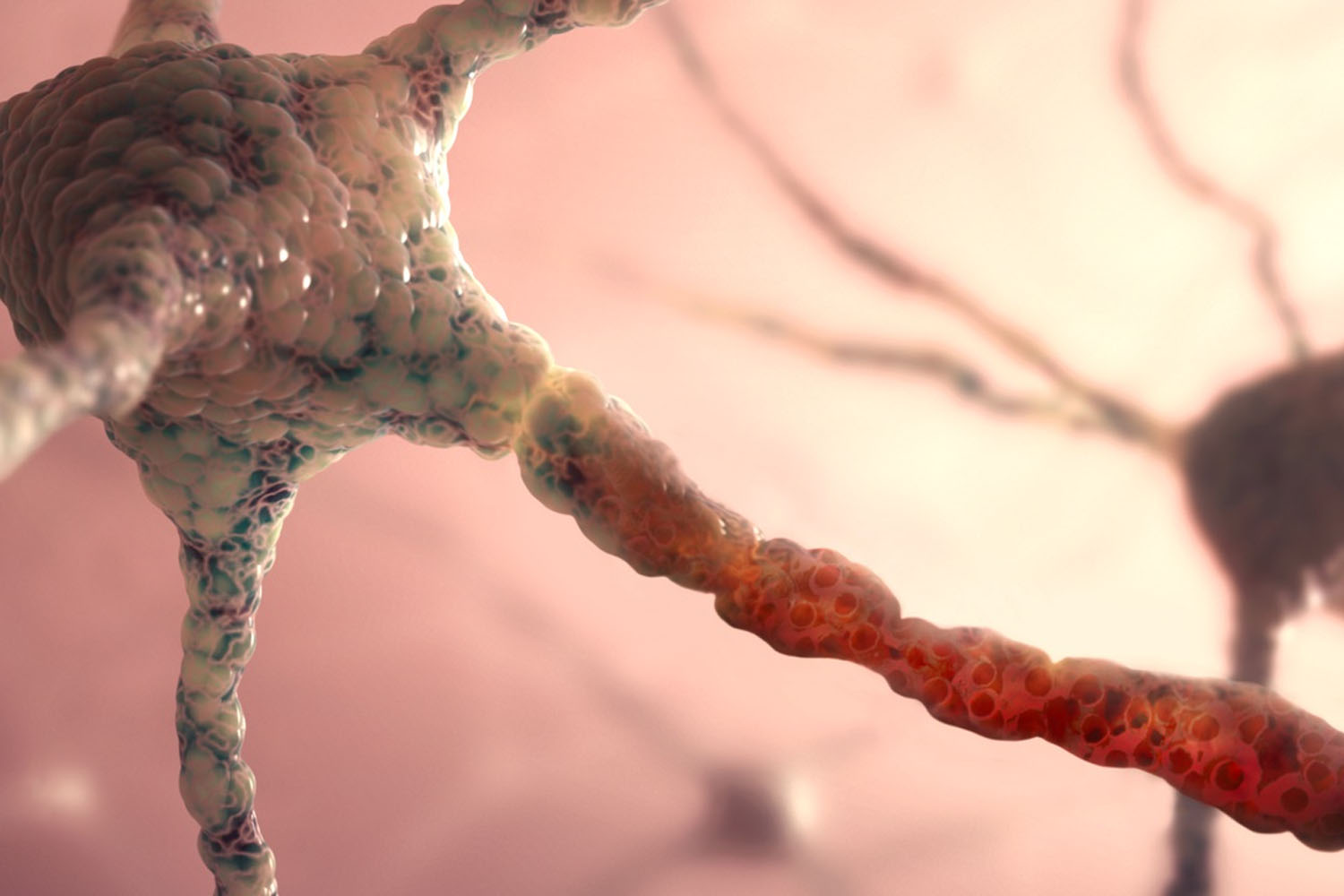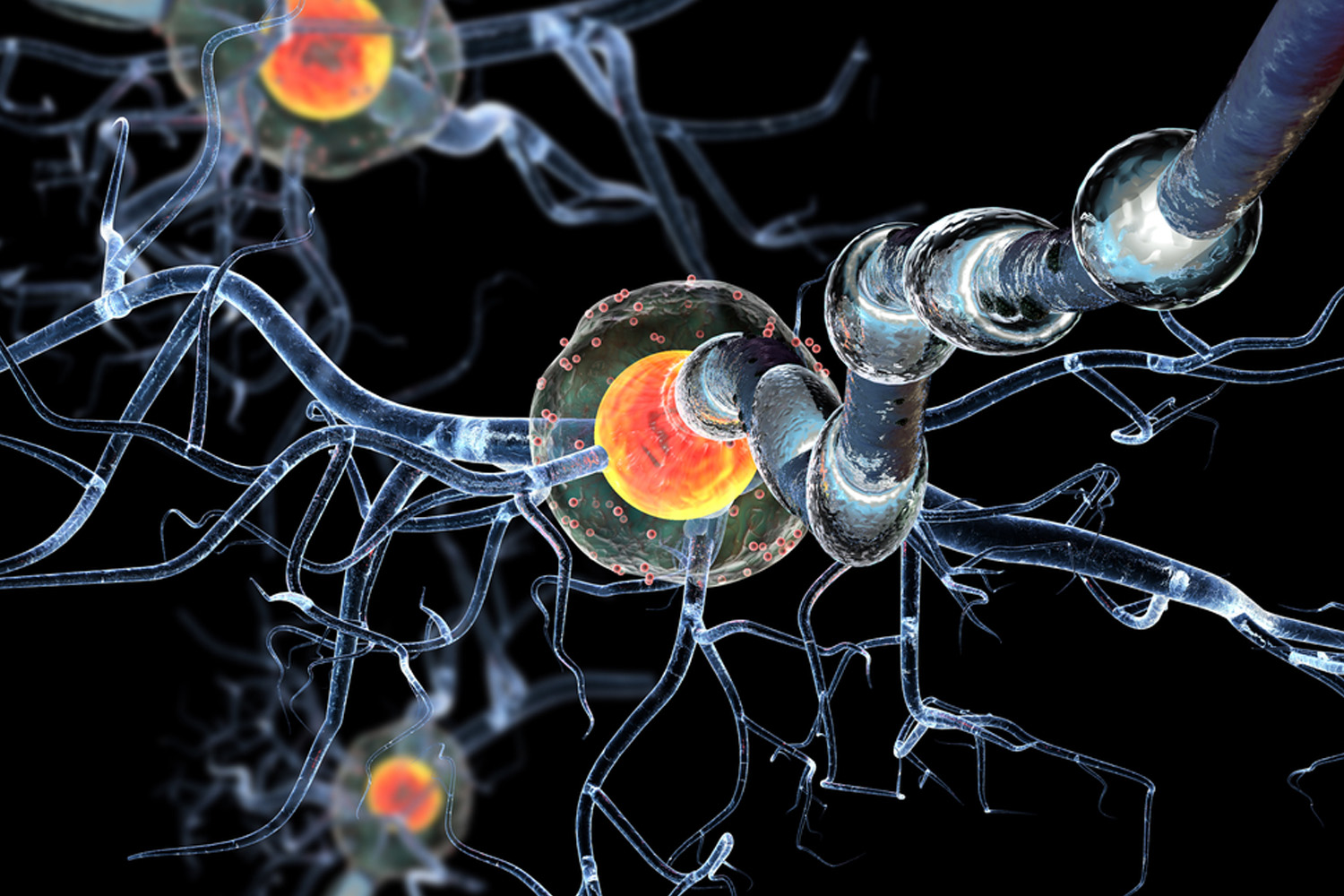
This condition is caused by an immune mediated attack targeting components of the myelin sheath.
The myelin sheath is the sleeve of fatty tissue that protects nerves and neurons and helps them carry messages back and forth between the brain and the rest of the body, is also known to act as an “insulator” for neurons so that they can communicate properly with each other.
Mesenchymal stem cells (MSCs), have immune regulatory properties which may stop the immune system from attacking the myelin sheath.
Current approaches, such as interferon, copaxone, or immuno-suppressants all act in a nonspecific manner blocking immune responses against the myelin sheath.
While these approaches are useful for reducing the severity of disease, they do not repair the damage to nervous system tissue that has already.
The management of multiple sclerosis involves the treatment of the acute relapse, prevention of future relapse, treatment of complications, and management of the patient’s disability.
Our Treatment consists of immunomodulatory therapy for the underlying immune disorder and management of symptoms, as well as non-pharmacologic treatments, such as physical and occupational therapy.
